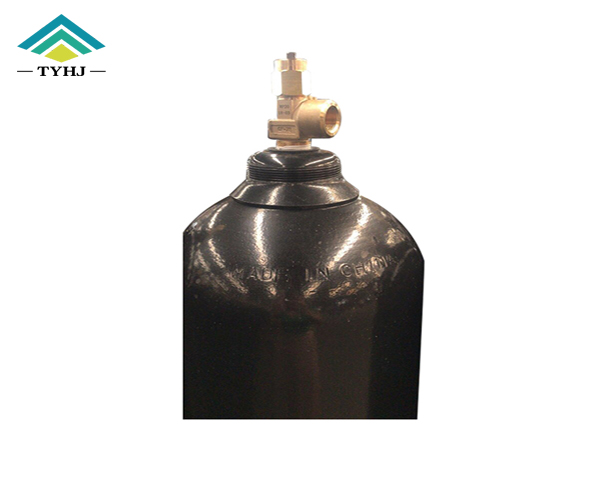The power industry has been using sulfur hexafluoride (SF6) gas as a medium and insulating material for many years. Its popularity is mainly due to its unique physical and electrical properties, including:
1) Dielectric strength twice that of air.
2) Nontoxic, nonflammable and noncorrosive.
3) Chemically stable with high breakdown strength. SF6 molecules provide excellent arc extinction during electrical operations which minimizes contact wear and maintenance.
4) Excellent thermal conductivity. High heat transfer permits lower operating temperatures.
5) Readily available in many commercial locations.

For distribution voltage switchgear, SF6 provides these important advantages:
1) Size reduction
2) Weight reduction
3) Reliable operation
4) Ease of installation
5) Ease of handling
6) Ease and reduction of maintenance
Common application areas include high voltage circuit breakers, high voltage transformers, distribution voltage converters, gas insulated substations, gas transmission and transformation lines, radar equipment, linear particle accelerators and generators. About 80% of SF6's annual electricity consumption is used in gas-insulated substation (GlS) equipment and medium-voltage switchgear (including circuit breakers and load disconnect switches). Among them, medium voltage switchgear accounts for about 10%. In both electrical applications, the device is designed to contain gas in a sealed pressure system that is assembled, filled, and tested in a controlled environment. Non-electrical uses include molten magnesium and aluminum protection and purification, leak detection, tracer gas studies, propellants, insulating windows, shock absorbers, lasers, and plasma etching gases in the electronic industry.